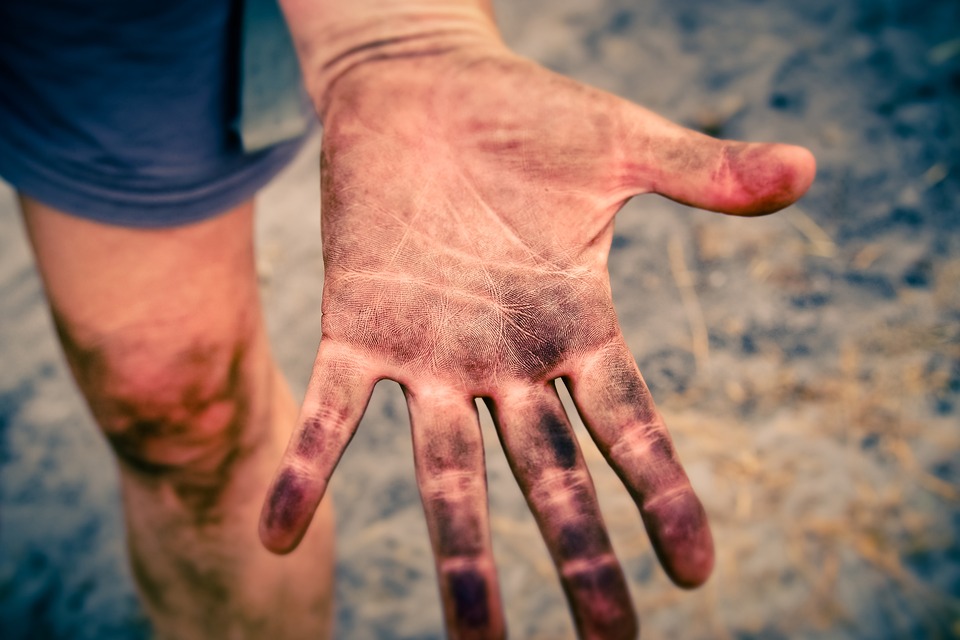And finally… Builder’s thumbprint found in 2,000-year-old home
The 2,000-year-old hilltop home of a tribal chief has been discovered in a Scottish park – complete with a piece of clay bearing the builder’s thumbprint, The Courier has reported.

The fragment once formed part of an internal wall erected at a fortified roundhouse in what is now the King’s Park, Stirling.
It is thought the builder would have pressed it into place in the wicker wall with his thumb, leaving a permanent imprint.
Several pieces survived after the structure was destroyed by fire around 1900 years ago, possibly during a conflict with Roman invaders whose road passed close by.
Along with the remains of defensive ditches and walls – and pivot stones that show the use of hinged wooden doors – archaeologists also found stone tools and fragments of Roman pottery, suggesting that there had been trading for a time.
Stirling archaeologist Dr Murray Cook, who led the dig, said: “This was one of the grandest houses in the area at the time – an elite residence.
“When it was constructed, to subdivide and insulate the house, the builder would have erected a wicker screen and then put clay into it, moulded and pushed in with his thumbs.
“When the structure was later destroyed by fire, the clay baked and was preserved. We found quite a lot of it – most bits had wicker impressions but this one bit still had the thumbprint.”
The roundhouse would have been in use around 79-100 AD when the Roman army was attempting to control the gateway to the north.
A Roman road passed through the park en route to the Gask Ridge fortifications on the edge of the Highland Line.
Dr Cook said the house’s owners would have been the equivalent of an early royal family, occupying the prized strategic location at the highest point of the park.





















